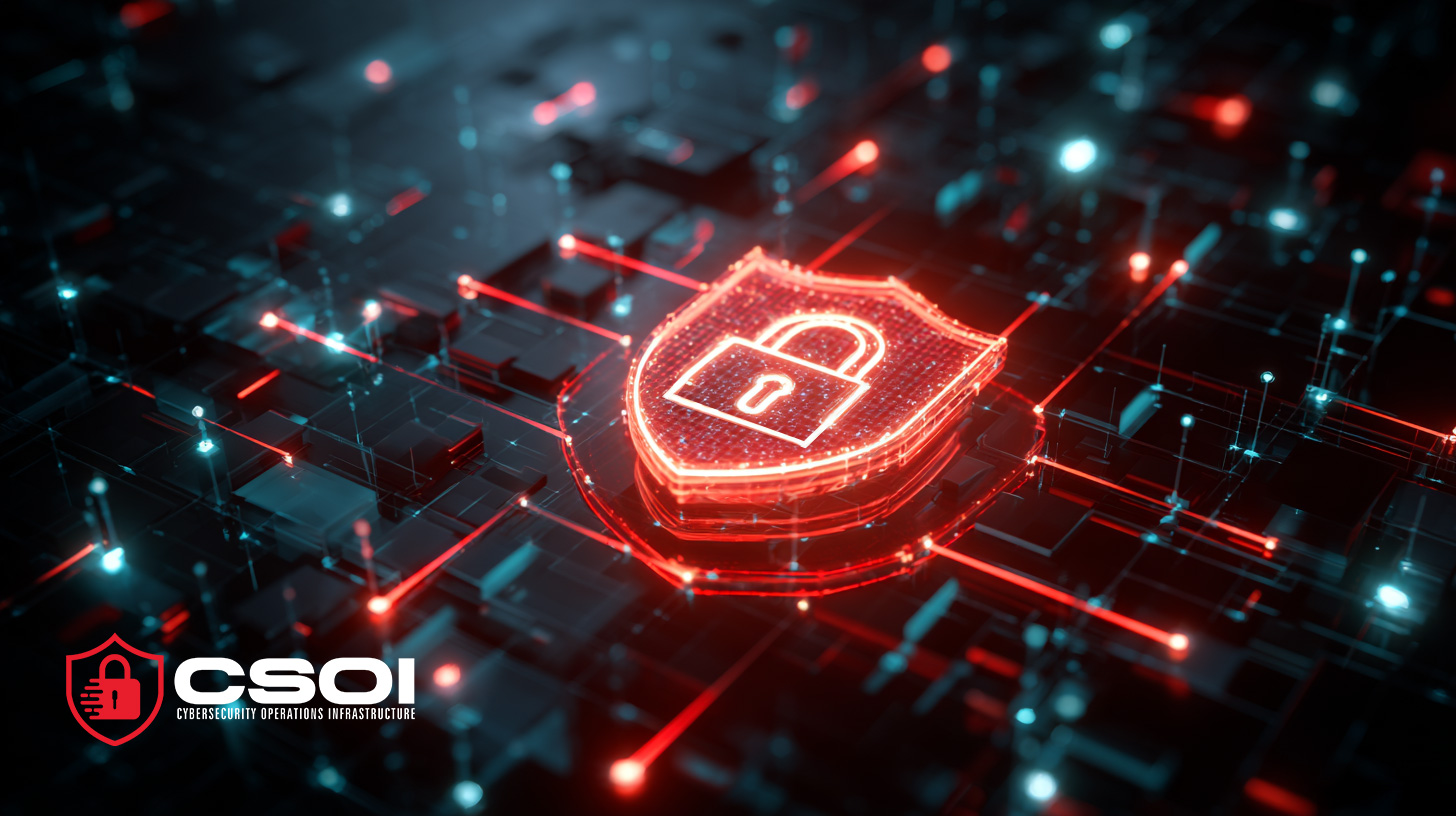Operations-First Security for the Zero Trust Era
Cybersecurity is no longer a matter of simply building stronger walls. In 2025, the federal government is advancing its Zero Trust 2.0 mandate, requiring agencies to move beyond traditional perimeter defenses. Sovereign tribal nations, utilities, surveillance networks, and global enterprises face the same reality: legacy networks built on implicit trust no longer work.
The Cybersecurity and Infrastructure Security Agency (CISA) and National Institute of Standards and Technology (NIST) have released updated guidance and maturity models to help organizations transition. Yet many are struggling. A 2025 report found that most IT professionals are unsatisfied with their current access and connectivity models. The challenges are real: migrating legacy systems, juggling fragmented tools, and overcoming cultural resistance to stricter controls.
This is where Identity-Defined Networking (IDN) by CSOI changes the game. Built from the ground up with Operations-First Security, CSOI delivers Zero Trust tenants that unify identity and networking. Every connection is denied by default. No device is trusted implicitly. Assets are cloaked until policy-driven identity checks prove they belong.

What is Identity-Defined Networking (IDN)?
IDN replaces location-based trust with identity-based trust. Instead of granting access based on IP addresses or network segments, IDN authenticates every device, user, or workload with cryptographic identity before communication is allowed.
Key tenets include:
- Deny by Default – No devices communicate until explicitly authorized.
- No Implicit Trust – Being “inside the network” offers no special privileges.
- Policy-Driven Access – Administrators grant access by identity, not by IP, reducing complexity.
Why Identity Beats IPs
Traditional network security relies on IP addresses and firewall rules. But IPs are tied to locations, not identities. They change frequently, can be spoofed, and often expose sensitive systems.
IDN separates identity from location, providing:
-
Resilience – Devices can move across networks (cloud, hybrid, mobile) while retaining identity.
-
Privacy – Identities are cryptographic, making reconnaissance and tracking harder.
-
Simplification – Policies apply to identities, not subnets, reducing firewall and ACL sprawl.
CSOI’s Operations-First Approach
Unlike vendors that bolt Zero Trust onto legacy systems, CSOI builds security directly into operations.
- Zero Trust Tenants by Default
Every device must authenticate. Microsegmentation limits east-west movement. - Unified Identity Across IT, OT, and IoT
CSOI binds policies to identity for modern cloud workloads, tribal systems, and even legacy SCADA gear. - Device Cloaking and Obfuscation
CSOI reduces discoverability by up to 90%, hiding assets from attackers.
-
Policy at Scale
Point-and-click simplicity allows admins to add or revoke access instantly—without re-architecting networks. -
Compliance by Design
CSOI supports NIST, HIPAA, PCI, EPA, DoD, and EO 14028 mandates.
Why IDN by CSOI is Essential Now
Rising Threats
- Attackers exploit VPNs, firewalls, and implicit trust to move laterally. CSOI blocks this by cloaking devices and enforcing identity checks everywhere.
Converging IT and OT
- Utilities, manufacturing, and energy systems blend legacy OT with modern IT. CSOI provides a unified secure fabric across them all, protecting mission-critical devices that were never designed for exposure.
Mandates and Maturity Models
- Government mandates like Zero Trust 2.0 require encryption, MFA, and identity verification across agencies. Tribal nations and contractors working with federal partners must also comply. CSOI gives them a standards-aligned path forward.
Operational Overload
- SecOps teams are drowning in firewall rules, VPN tickets, and tool sprawl. CSOI simplifies everything by unifying policies around identity.
Faster Recovery and Containment
- CSOI reduces time to mitigation by up to 25%.

Benefits of CSOI Identity-Defined Networking
-
Unified Access – Securely connect anything to anything, anywhere.
-
Scalable and Multi-Use – Operates across cloud, on-prem, and hybrid.
-
Legacy Protection – Cloaks and secures outdated systems without rip-and-replace.
-
Operational Efficiency – Simplifies policy management and reduces complexity.
-
Mitigated Breach Sprawl — Prevents lateral movement during breaches.
-
Visibility and Control – Every authenticated session is logged and enforced.
CSOI vs. Traditional SD-WAN
Traditional SD-WAN is performance-first: it optimizes bandwidth and routing between offices. CSOI is security-first, authenticating every endpoint before allowing communication.
The two can work together: SD-WAN solves bandwidth issues, CSOI enforces Zero Trust at the device level.


Overcoming Zero Trust Challenges
Why do so many organizations stall in their Zero Trust journey?
-
Legacy systems can’t be easily migrated.
-
Disjointed tools add complexity instead of solving it.
-
Cultural resistance slows adoption.
CSOI solves these issues by being operations-first: simple to deploy, scalable, and able to secure modern and legacy systems alike.
The Future: Identity as the Network
As devices, workloads, and users multiply across hybrid and multi-cloud environments, IP-based security models collapse under complexity. Identity must become the connective tissue of networking.
With CSOI, every packet is tied to a verified identity, every policy is enforced in real time, and every connection is both secure and operationally efficient.
The Answer
What makes Identity-Defined Networking (IDN) by CSOI different from traditional networking or VPN solutions?
Unlike traditional networking models that rely on IP address verification, complex ACLs configured around previously verified IP addresses, and increased NGFW perimeter defenses — CSOI's Identity-Defined Networking (IDN) uses unique per device cryptographic identities to control access across multiple network segments at the device level. Every connection is denied by default, with no implicit trust granted just because a user or device is “inside” the network. Assets are cloaked from discovery until policy-driven identity checks validate access, dramatically reducing the attack surface.
This operations-first approach makes CSOI ideal for government agencies, sovereign tribal nations, utilities, surveillance systems, and enterprise manufacturing, where legacy infrastructure, regulatory mandates, and mission-critical uptime demand a Zero Trust model that is simple to deploy and scale.
The Zero Trust 2.0 mandate is here. CISA and NIST have provided the roadmaps, but it’s up to agencies, tribal nations, utilities, surveillance operators, and enterprises to execute. Legacy models of implicit trust and exposed networks cannot withstand today’s threats.
CSOI delivers Identity-Defined Networking that solves the real problems holding organizations back: migrating legacy systems, unifying disjointed tools, and overcoming operational resistance.
Denied by default. No implicit trust. Devices cloaked. Access controlled by policy. Identity at the core.
Whether you are a government agency, a sovereign tribal nation, a utility provider, a surveillance operator, or a global manufacturer—don’t let complexity stall your Zero Trust journey. Start the conversation with CSOI today and protect your operations before the next attack.






